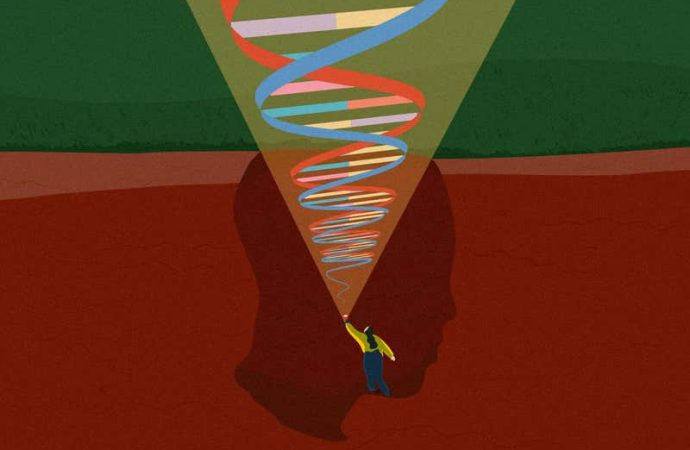TWO seemingly disparate scientific disciplines have been drawn into each other’s orbits, set on a collision course. On one side is archaeology with its grimy earthiness, heavy with history and tradition; on the other is genetics, with its clinical brightness, brave and brash in its newness. Fusion can be difficult, but it can also create astonishing energy when it happens.
Source: New Scientist
At the forefront of this merging is a new sequencing project called 1000 Ancient Genomes. Led by Pontus Skoglund at the Francis Crick Institute in London, it is the most ambitious ancient genomics project to date. The DNA it looks at will be completely sequenced, leaving no stone unturned, no stretch unread.
It is two decades since the human genome was first sequenced, and the pace of change in genetic technology in the intervening years has been breathtaking. Sequencing is now faster by several orders of magnitude – a human genome can now be deciphered in a day. And with DNA extracted from ancient bones, we are able to uncover the genetic secrets of our ancestors.
An ancient genome can reveal the sex of an individual and provide clues to their appearance. For example, the DNA of Cheddar Man, a 10,000-year-old skeleton found in Somerset, England, revealed that he was likely to have had quite dark skin and blue eyes – a combination that is rare today.
But the archaeogenetic revelations become even more fascinating when we start to compare genomes from different individuals, casting light on patterns of relatedness.
Recent analyses of individuals from Neolithic tombs in the UK and Ireland have revealed a daughter buried in the same tomb as her father, two brothers buried together, and a man whose parents were either siblings or parent and child. These findings help us to understand what society was like in these places 5000 years ago.
Wider studies can also shed light on population movements in the past. One recent revelation has been the changes that came with the appearance of the Beaker culture in Britain and Ireland, with genomic data showing a 90 per cent population turnover in the third millennium BC.
This information was met with consternation by some archaeologists. Did a mass of invaders sweep in and take over? Some headlines stoked that idea, suggesting that “Dutch hordes” had killed off the “Britons who started Stonehenge”.
The language we use is crucial. Archaeologists take “migration” to mean a very deliberate, large-scale movement of people: a forced relocation or a planned invasion. However, to geneticists, it simply means people moving and having children somewhere different. Such a migration could happen over many generations. Differences in concepts and definitions can lead to misunderstanding.
The lesson is that both fields must also heed their differences. “There has to be continuing dialogue,” says Tom Booth, who works on the 1000 Ancient Genomes project. “We may never agree on what terms to use, but we might at least understand each other’s perspective.”
If the potential of the fusion between archaeology and genetics is to be realised, both sides need to work on dismantling the language barrier between them – and to work out how to communicate these new ideas more publicly, without sparking inflammatory (and meaningless) headlines. Perhaps it will take a new generation of archaeogeneticists to successfully fuse the disciplines.
As Pooja Swali, who is also involved with the 1000 Ancient Genomes project, says: “I think you’d be struggling to find an archaeology course now that didn’t cover ancient DNA.”
Archaeogenetics is coming of age, and we can expect many more revelations in the years to come.
Source: New Scientist

































Leave a Comment
You must be logged in to post a comment.